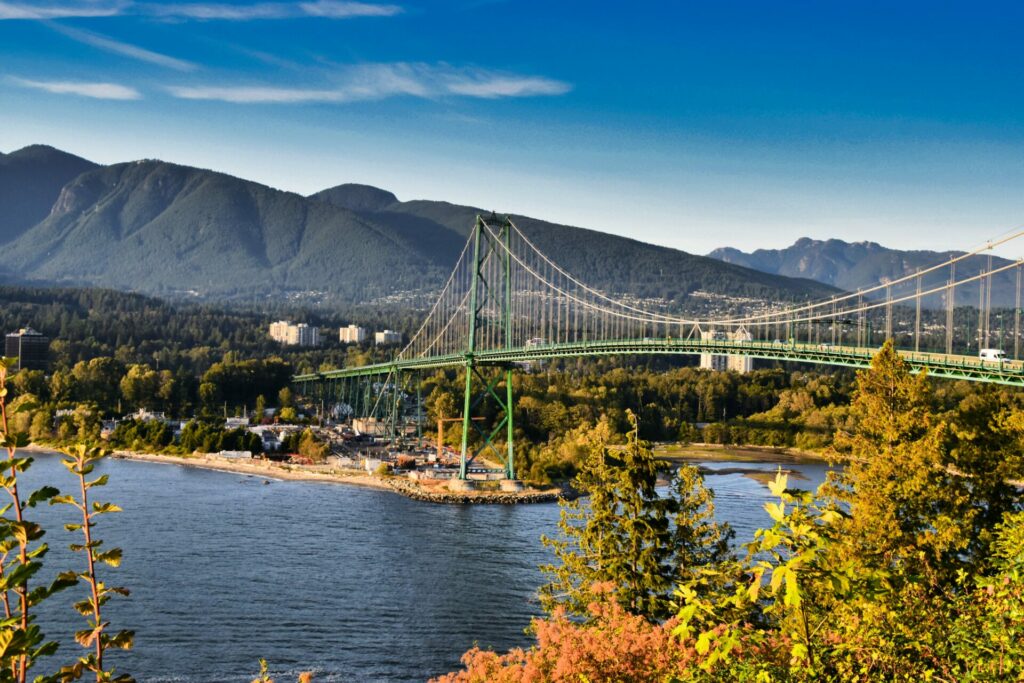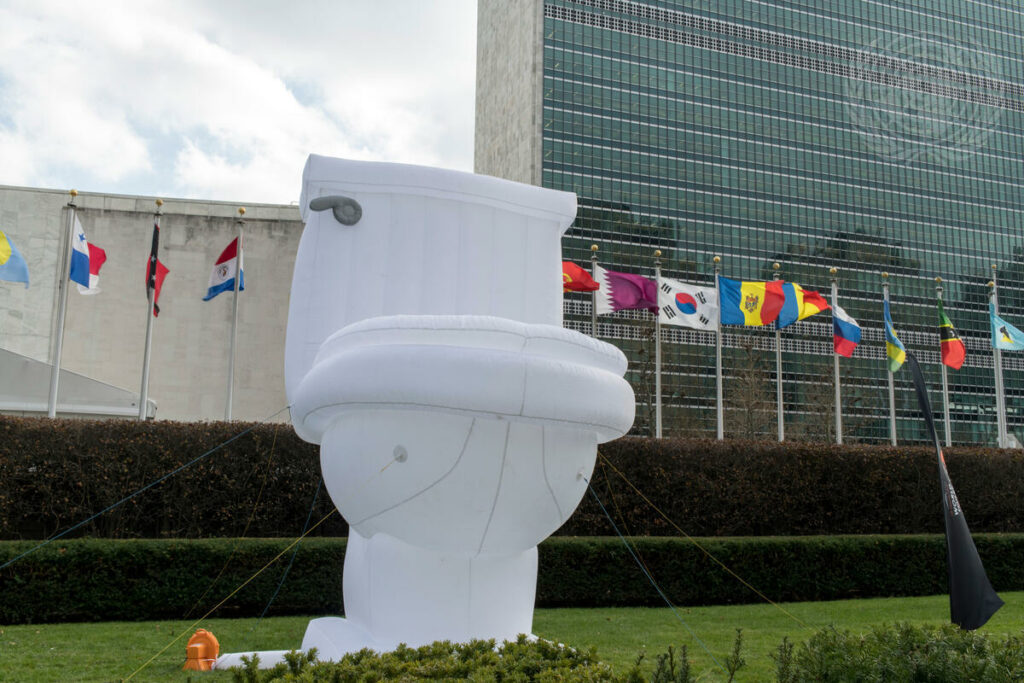For more than 4,000 years, tribes, regions and nations have been fighting over one of Earth’s most precious commodities: water.
The first recorded incident of a conflict over H20 dates back to ancient Sumeria (now Iraq), when a dispute over water and irrigation in 2500 BC led to fighting between Umma and Lagash, two city-states, that lasted 100 years.
In the centuries that followed, water has been the cause of strife or used as a weapon – by contaminating water supplies or deliberately causing floods or droughts – everywhere from Asia to Europe and the Americas.
Water supplies are our lifeblood. And if the survival of your nation depends, in whole or in part, on the goodwill of another country further upstream, it can make for an incredibly fragile existence.
How Much Rain?
Huge swathes of the planet have struggled with unstable water supplies for centuries, but over the past few decades, things have been rapidly getting worse.
Today, an explosion in the Earth’s population has increased the demand for fresh water. At the same time, global warming has created worrying uncertainty about who will get rain and when.
Where once modern battles were fought over access to fossil fuels, tomorrow’s conflict may be fought over an essential but even rarer liquid. The Water Wars are coming.
Increasingly, the answer to the life-changing question ‘how much rain?’ is anyone’s guess. The global demand for freshwater is skyrocketing while climate change makes supply more uncertain.
One out of three people worldwide – more than a billion – don’t have access to safe, drinking water. A further 2.2 billion don’t have safely managed water services, according to a study conducted by a team of scientists from the University of Texas in Austin, Penn State, and Tsinghua University published in Nature Climate Change Journal.

The UN points out that only 0.5 per cent of the world’s water is useable, available freshwater and by 2025 half the world’s countries will face water shortages and scarcity. It predicts that by 2050 between 4.8 to 5.7 billion people could live in areas with water shortages for at least one month a year.
In many regions, such as Asia, the startling truth is that there really isn’t all that much to go round. While it’s home to more than half of the global population it has less freshwater than other continents except Antarctica– just 3,920 cubic metres per person per year.
And the problem is only going to get worse. Climate change and an exploding population – the urban population in Asia is expected to rise by a staggering 60 per cent by 2025 – will reduce access to freshwater and start a domino effect of devastating consequences including impaired food production, the loss of livelihood security, large-scale migration, and increased economic and geopolitical tensions and instabilities.

Where once modern battles were fought over access to fossil fuels, tomorrow’s conflict may be fought over an essential but even rarer liquid. The Water Wars are coming.
Growing Water Tensions
According to a recent report by the BBC, ‘unprecedented levels’ of dam building and water extraction on rivers are leaving those who are further downstream perilously short of supplies they once banked on. The net result? Growing tensions between neighbouring countries.
Further compounding the problem in many nations are bad water management and poor infrastructure, which can lead to waste and contamination.
The Arab Center think tank in Washington DC states that ‘the control, use, distribution and transportation of water have been key areas of strategic concern for Middle Eastern states.’
Iraq’s Ministry of Water Resources has issued a stark warning, predicting that unless urgent action is taken to combat declining water levels, Iraq’s two main rivers will be entirely dry by 2040.
The Tigris and Euphrates rivers, they add, have suffered from a distinct lack of transnational water cooperation. The different countries these rivers run through – Turkey, Syria, Iran, Iraq and Kuwait – often develop plans that serve their own interests at the expense of everyone else along the rivers’ routes.

The Center singles out Turkey as being a particular thorn in the side of its neighbours; their dam and hydropower projects have been steadily turning off the flow of water to Iraq for more than four decades, with total supplies down a reported 80 per cent in under 50 years. Iraq’s Ministry of Water Resources has issued a stark warning, predicting that unless urgent action is taken to combat declining water levels, Iraq’s two main rivers will be entirely dry by 2040.
In recent history, disputes over water have triggered numerous tensions, including one that has been simmering between Egypt and Ethiopia for many years.
At its heart are Ethiopia’s plans to construct dams on the Blue Nile, which could potentially harm access to fresh water for Egypt and Sudan further downstream. In 1988, the former Secretary-General of the UN, Boutros Boutros-Ghali, said that the next war in the region would be over the waters of the Nile.
In one of the oddest inclusions in the water wars’ history books, Arizona – a landlocked state – briefly created the ‘Arizona Navy’ in 1935 to fight back against proposed diversions from the Colorado River that would irrigate parts of California. The two States continued to battle over the issue for more than 50 years.
Will Desalination De-escalate Trouble?
While the Arizona incident brings a certain levity to proceedings when viewed today, it is nonetheless a stark reminder of how quickly neighbours can fall out over water.
If global warming continues unabated, increasing by an unthinkable – but far from impossible – 4°C, the World Bank calculates that MENA would endure a 75 per cent drop in fresh water availability.
The countries of the Middle East know this only too well – the gravity of the situation brought into especially sharp focus when considering that 82 per cent of wastewater in the MENA region is not recycled, according to the World Bank.
UNICEF, meanwhile, says that MENA is the most water-scarce region in the world, with 75 per cent of the world’s most water-vulnerable countries being found there.
If global warming continues unabated, increasing by an unthinkable – but far from impossible – 4°C, the World Bank calculates that MENA would endure a 75 per cent drop in fresh water availability.
One easy answer – at least at face value – seems to be desalination: extracting salt from sea water to create freshwater. However, this is an energy-intensive process which will have a part to play in the global climate change story if fossils fuels are used.

Other issues of desalination, according to The Water Project – a non-profit based in the US – include high levels of a brackish waste known as brine, generated as a by-product, which can harm marine ecosystems. There’s also the potential to increase gas emissions and exacerbate climate change if renewable energy sources aren’t used.
Regardless, technological improvements in desalination methods can help minimise the negatives, and Gulf States are pursuing this method of obtaining freshwater rigorously. Today, more than 40 per cent of drinking water in Saudi Arabia comes from desalination plants. According to Bloomberg, the figure in Dubai is an astonishing 98.8 per cent – though the emirate has announced environmental initiatives to reduce water demand 30 per cent by 2030 and obtain 100 percent of its power generation from renewable energy sources by 2050.
Upstream Superpower
While a recent report by the noted APM Research Lab in the US revealed that there are almost 17,000 desalination facilities worldwide, it also pointed out that in many countries production costs are too high for desalination to be a viable solution to water shortages. The report states that in California, for example, it can be more than 15 times as expensive as stormwater capture.
And so, for many countries, their rivers, lakes and rainfall remain the only options. The Diplomat – a popular Asia-Pacific current affairs magazine – recently asked: ‘Are water wars coming to Asia?’
53 million gallons of water per second are needed to produce enough food for us all. Throw in the water we use to create electricity, bathe, make clothes, wash dishes and a hundred other things, and it’s no wonder the United Nations forecasts by 2025, nearly two-thirds of the world’s population may face water stress
It pointed out that while China is the ‘upstream superpower’ of many of Asia’s main rivers, it doesn’t have an independent transboundary river policy. The title says that China has not signed a water-sharing agreement with its neighbours and feels that the country’s plans for its rivers, including hydropower dams, could lead to potential problems with both India and Vietnam.
All the countries downstream noticed that, following China’s dam management on the Upper Mekong, Thailand didn’t have the annual monsoon-drive rise in river level at Chiang Saen in 2019, for the first time since records began. This has led to a fear that China’s activities could turn the tap off to the downstream region.
Added to this is the very real problem of the Qinghai-Tibet Plateau – also known as the roof of the world or Asia’s water tower because it’s where mountain springs and glacier melt collects and supplies most of China’s and the downstream region’s water – which is threatened by climate change-induced water loss.
Even Latin America, the most water-abundant region on Earth, has its problems. According to the World Bank, Latin America’s vast water resources may well give it the greenest electricity production on the planet – 45 per cent hydropower – but 150 million people in the region still live in water-scarce areas because of the impact of climate-change, pollution, mismanagement and over exploitation.
Climate change, the World Bank insists, will accelerate this problem and that the issue is ‘heightening the risk of social unrest.’

Access to water, of course, is not just about being able to hold up a fresh glassful of ‘Adam’s ale’ to drink. All of the food we eat is grown or nourished by water.
In the US, food production and agriculture are responsible for at least 80 per cent of all water consumed, while globally, almost 53 million gallons of water per second are needed to produce enough food for us all.
Throw in the water we use to create electricity, bathe, make clothes, wash dishes and a hundred other things, and it’s little wonder that the United Nations forecasts that by 2025, nearly two-thirds of the world’s population may face water stress.
But there is a glimmer of good news. When you take a step back, there’s perhaps some small comfort in knowing that there’s as much water on the planet today as there was a million years ago. We might not be able to control it or guarantee where and when we can use it, but for now at least, it’s still there.













